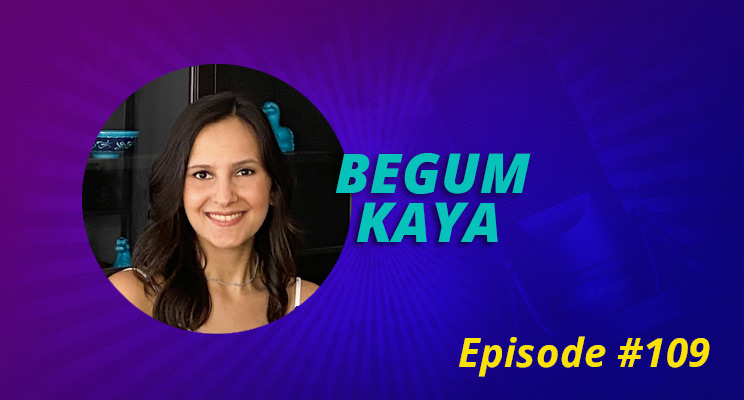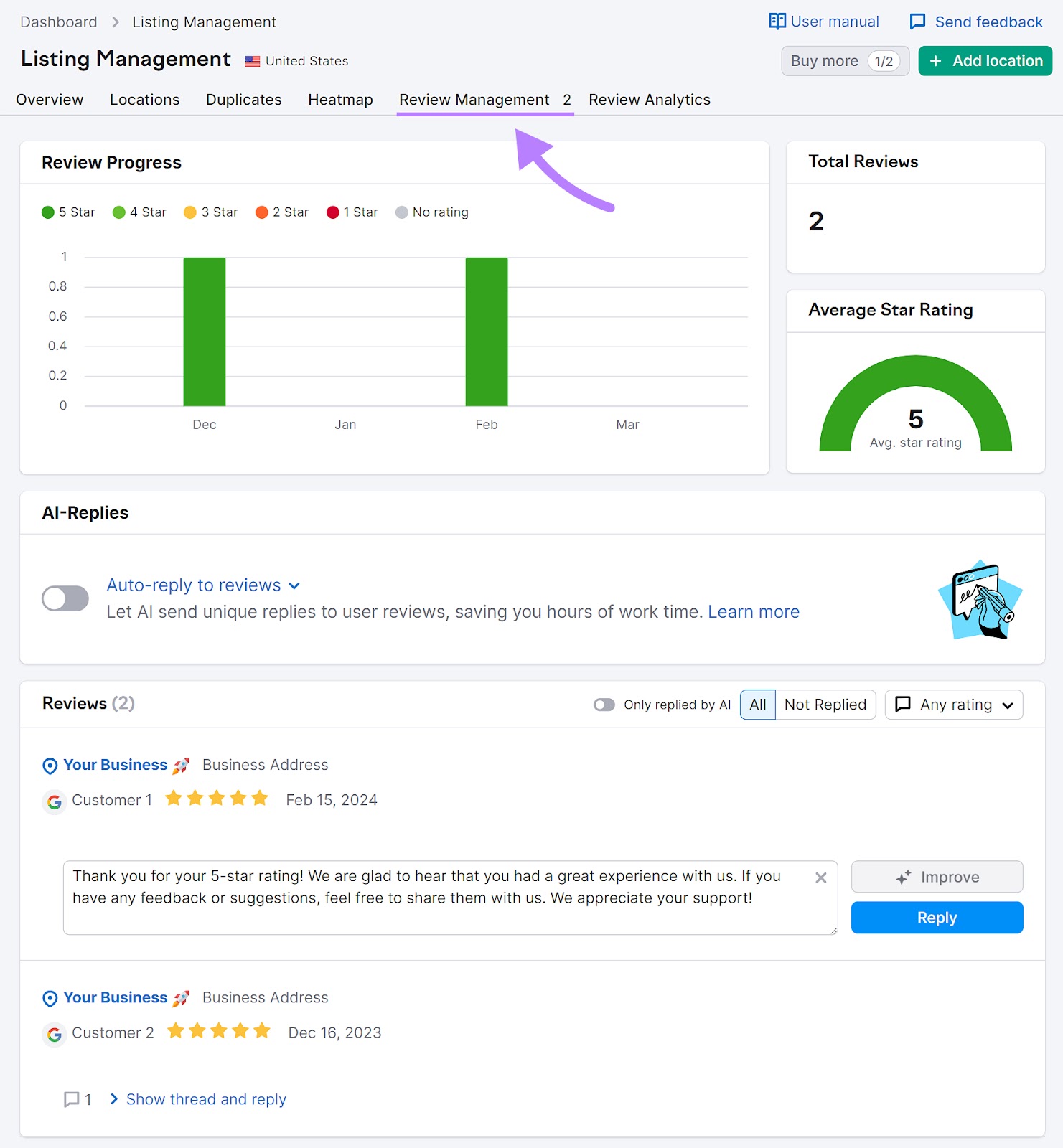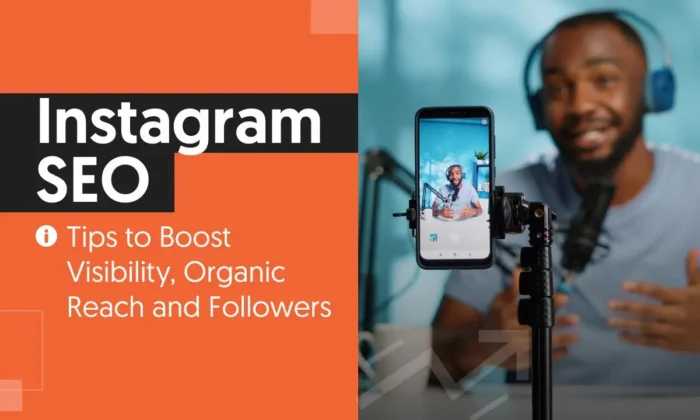
Posted by
The In Search SEO Podcast
How do you go about building and honing topic clusters?
And how do you measure their effectiveness?
That’s what we’re going to be discussing today with a lady who lived in Japan for a year and speaks Turkish, English, and Japanese. She is an SEO consultant from Turkey, bringing an international perspective to delivering SEO-focused digital solutions to brands all over the world. A warm welcome to the In Search SEO podcast, Begum Kaya.
The steps are:
- Understanding topic clusters
- Understanding the benefits of topic clusters
- How to strategize your content clusters
- Mistakes to avoid
- Promotion and distribution
- Measure the impact
How to Create Topic Clusters
Begum: Thank you. Hello, David. How are you?
D: Thank you. I’m very good. And thank you so much for joining us. You can find Begum Kaya at begumkaya.com. So in this particular topic, we’re talking about topic clusters. So why topic clusters?
B: Why topic clusters? Because it’s something that started before I became an SEO and that changed a little bit right after I started within that three-year period. And I am quite interested in it because it’s not something that we talk about in the Turkish market that much because we are still talking about 1500-word category page texts and dealing with spammy gateway content in Turkey. So yeah, this is something strange. And this is something exciting, actually, that I can test in the world of people who speak English.
D: And just before we get into topic clusters, why is that? Why is there talk about more spammy tactics in Turkey? Is that because there’s less competition for keyword phrases that you’re targeting, and more spammy tactics still work?
B: They still work. The very long category page text also still works. And there are other things that Google is strictly against, but they are still working in the Turkish market. The reason we deal with these is that Turkish comprehension of the search engines is not as good as it is in English. So the Turkish market is sometimes a mess.
D: And is it primarily Google?
B: It is. Oddly enough, Google Business profiles gold product experts for Google. And when it comes to Google Maps versus Yandex maps, people are very pro Yandex maps in Turkey, because it’s more accurate. Sometimes Google is trying to put you on one-way roads. Those kinds of things happen.
D: I asked you to send your profile to me beforehand. And included in that was you are a Google My Business product expert. The reason I didn’t mention that is because it’s now Google Business profile. And I didn’t know if that was completely up to ****. I should have clarified that with you beforehand.
B: It’s okay. If you search for Google Business profile, you’re going to see the Knowledge Panel saying Google My Business. Even Google didn’t. They did do rebranding but they didn’t particularly went ahead with it. Not everything works as fast as we want to in SEO.
D: I need to talk to Jason Barnard about that. Maybe he can explain what the issue is there. Maybe it’s his fault.
B: We talked about it in Brighton SEO about a month ago. And yeah, he had very interesting ideas about how Google is handling its own Knowledge Panels.
D: Well, that could be a conversation itself. Today, you’re sharing your six steps to effectively build topic clusters. Starting off with number one, understanding topic clusters.
1. Understanding Topic Clusters
B: There have been many things around content and how Google is understanding, interpreting, and ranking our content. It apparently started around 2013 with the Hummingbird and then the RankBrain came and Bert came right after I started SEO. And there have been a few changes since then too. Google then announced that they were investing in topic and passage comprehension, then the multitask unified model (MUM) came about how they experiment with understanding content and interpreting queries as we humans do. Then there are many SERP features, like Featured Snippets, People Also Ask, Related Queries, etc. So all of these are coming to enhance user experience. And with all these updates and information in mind, I got an understanding around how users are engaging with websites and Google and the steps Google is taking to make it more accessible. And even though Google is taking these steps, it wouldn’t be wise for SEOs to keep stagnant. So our tactics along with these changes should change the way that we do our everyday businesses, etc.
So even though topic clusters have been around for a decade now, more publishers and content producers are focusing on them now. And I can see the understanding behind it. Topic clusters are pretty straightforward. They are groups of related content that help you build authority and collectively cover a broader area of topics. So you get to answer long-term queries. And in combination with all these separate long-term queries, you bind everything into a place in your pillar pages by internal linking, so that you have a structure where pillar pages are touching upon all the sub-topics, but mostly having spicy bits that would encourage the users to click on to cluster pages by internal linking. What we really recommend here is using CTAs that are enticing. And cluster pages to in-depth articles about the given topic. And the more you dive in, the more you discover other topics as well so that you have a chance to enlarge your keyword research within this process as well. And internal linking, unfortunately, is one of the most important but sometimes underrated practical practices of SEO. These things come into play when it comes to binding these pages together. And it’s important to stay in line with these and leverage internal linking opportunities to provide context not to just splash internal linking here and there. These also help you distribute PageRank. So you should be doing it wisely. And in all of this structure, you have a chance to accelerate the content discovery process in itself.
2. Understanding the benefit of content clusters
D: I guess that takes us up to step number two, the benefit. Is there a real, tangible benefit to arranging your content within topic clusters compared with just publishing blog posts? Perhaps siloed blog posts that are still linked from other blog posts. Is there a real measurable benefit to actually clustering everything together and publishing the same volume of content, but just structuring it differently?
B: I believe it has very tangible results. We can take a look at the overall number of keywords that are ranking. And we can take engagement metrics from Google Analytics. What I really **** about content clusters is, that this is not that tangible, that you really have to be an expert in your field to create topic clusters. You can definitely replicate this by looking at a competitor or other websites that are writing similar topics. But a competitor who is better than you, and who knows what they’re doing better than you do, is definitely going to do better because they are going to see multiple angles. As I mentioned, when you’re looking for the cluster pages, you discover different topics. And it’s quite natural that a person or a brand that knows what they’re doing better than you do already has an understanding on how to cope with this and how to include this in their processes. What is taking them less time is going to take you much more. Basically, the good one wins when it comes to topic clusters. And also, when it comes to E-A-T, of course, topic clusters help you build authority around your topic. So this is actually advice in itself. You have to be building content topics, and topic clusters when it’s at the core of your business. So if something is not vital to your business, you may not want to create a topic cluster around it, because there may be better areas that you would want to build your topic cluster in.
We see tons of investment from brands to start non-brand blogs and taking advantage of user-generated content here and there. They’re doing this to build authority and provide links to their website and getting customers and users engaged and interested about their products, etc. And topic clusters also extend your reach wider because the more longtail keywords you cover, the more you’re able to cover ground in your field. The structure that these topic clusters have really contribute to your PageRank being distributed among the pages. And one of the things that you should be doing, if you probably are going to have more than one topic cluster, is you have to make sure that these are interlinking between themselves as well. So not each topic cluster is siloed within itself.
And when we take a look at the overall user experience and SEO benefits, they really improve UX and conversions. They push websites to understand their users and integrate what they need to their content strategy so that they are more prone to get related traffic. And since they are able to put these people in a funnel from awareness to decision and post-purchase, they’re really focusing on what the user is looking for at that time.
3. Strategize your content clusters
D: And step three is how to strategize. By that do you mean how to select your keywords, how to bring your keywords together, and how to structure the content that you grade?
B: Most of it, and more. Because topic clusters, even though they’re much more organized compared to creating random content, they’re prone to get pretty out of hand quickly. You’ll need to have a good strategy and step by step approach. Just like any other content strategy, you’re going to start with getting your keyword ****. You’re going to analyze competitors and find content gaps, etc. But you’re also going to listen to your internal teams, like customer support and sales, and get firsthand information from them. Also, if you are using certain names that you give to your products or services, etc, you’re going to be looking for the generic keywords that the users are using to look for these kinds of services and what they are going after. You’re going to interpret all these into your keyword polling strategy.
My second step is to get an understanding of the buyer personas and map out the customer journey. As I said, from awareness, consideration, decision, and post-purchase. Most of the brands are focusing too much on the decision-making process and they sometimes fail to cover all awareness stages, or they just abandon their users after the decision is made. And they don’t really provide anything about the post-purchase like common issues that they may have, how to solve x, y, z, or if you’re a bike shop, bike service near me or something like that. These really come down to understanding your users and what they would need at the time because you have to cover the micro-moments and be there with the user.
And the third part of that would be doing the SERP analysis of topics and understanding the search intent behind them. There are so many wasted efforts after keywords that you cannot go after. For example, a brand that I’m working with is trying to cover best XYZ. And they can actually never do that because they are one of the brands and they are not an aggregator or the listing posts that they would do would not be as authoritative as the other ones because it would be just generic and not original. So understanding the search intent and what kind of websites can rank for those would be very beneficial.
Another step to it would be auditing your current content because you want to take advantage of what you have already built and maybe repurpose that to your process. Christina Brodsky has a very good content audit sheet that you can use. She is taking a look at the number of keywords each article is ranking for. She is integrating Google Search Console and Google Analytics metrics that are relevant. And to take it a step further, you can include a column that’s analyzing the SERPs and search intent and taking this into account. And once you do that, for your current content, you would understand how users are interpreting this topic and how they are trying to engage with your content. It would be one of the things that you would want to take into account. Then you would get your topic clusters template.
Understanding which keywords to choose for the pillar pages, and the cluster pages may be tricky. But it all comes down to understanding your user and how they interact with your content. So it goes without saying that the pillar pages are going to include head keywords, not longtail keywords. The cluster pages are covering different angles so most of them are going to be longtail keywords. People Also Ask questions and broad enough topics that your sales team are going to recommend. Plus the cluster pages can have sub-topics within themselves as well. That’s a good angle to keep in mind.
Get yourself like a topic cluster template. And make sure that you include most of the important aspects for your content. This may be the type of content, definitely what kind of content that you’re going to create, to be able to rank for it. Obviously, on-page SEO things and stuff, and primary keywords, secondary keywords, the search intent behind it. And if you’re going to have in mind how many cluster key cluster pages that you’re going to include, maybe list out all those and compare the internal linking counts so that you have a good understanding of how to interpret them together and connect these to one another.
4. Avoid mistakes
D: Superb, a lot of detail there. Number four is mistakes to avoid. So what would you say is the number one mistake that you have to avoid with topic clusters?
B: I see it for everything along the way, not just topic clusters. In SEO, sometimes we get very carried away with doing things for the sake of SEO. So when it comes to topic clusters, again, I would say that doing things for the sake of SEO is the worst thing that you can do. You should talk with the brand, get the brand’s perspective, and align everything into their agenda. And sometimes doing everything according to SEO does not really make sense because your users may be looking for something else. And the best thing that we can do is to work SEO for the brand and not make the brand work for SEO. I think that will be my top advice.
5. Promotion and distribution
D: Step number five is promotion and distribution there. Is it not enough just to structure your topic cluster really effectively and hit publish?
B: I want to say that distribution is as important as producing the content itself. This is not very specific to topic clusters, because you should be promoting all kinds of content that you produce. I wouldn’t say that it’s something solely that you should be doing for topic clusters. But there are important things that you can do. And one of them is sharing your pillar page at first and trying to understand the reaction that your followers are giving on social media. And maybe hype your audience early on around the cluster of pages that you may create. And when the time comes, just publish it and see the engagements it’s going to create and I am a big advocate that people in the organization are actually sharing it in different platforms, but not doing it by prompts from the brand, but they’re really advocating for the product or service that they’re creating. They’re sharing it in Reddit forums, etc. Making it available and discoverable. It’s very important to share it where it can create a genuine value.
6. Measure the impact
D: And number six is measuring the impact.
B: I think the most important thing about topic clusters is that it’s helping you build authority. Authority and exposure is owning the topic and how discoverable you are for the related searches for those topics. You should have your keyword research and try to come up with how you can extend the reach of these keywords by covering them in your topic clusters. Definitely, rankings is going to be one of the most important aspects of it, but I think social media shares and engagement that the audience has with your content is one of the main things. But we know for all brands that all of these should connect to leads and sales. One of the mistakes that I see is that topic clusters are not connected to the sales pages. Especially if they’re in the awareness stage, these are not considered a part of the sales funnel most of the time. So it doesn’t connect us to the leads and sales step where the decision-making is happening. That’s one of the recommendations I would make. To keep leads and sales into account when you’re measuring your content.
The Pareto Pickle – Analyzing SERPs and SERP Intent
D: There are so many follow-up questions that I want to ask, but I’m not going to. I’m going to refrain myself, and hopefully keep that for another episode in the future. In the meantime, we’ll finish off with the Pareto Pickle. Pareto says you can get 80% of your results from 20% of your efforts. What’s one SEO activity that you would recommend that provides incredible results with modest levels of effort?
B: Analyzing SERPs and understanding search intent, if possible, at scale. It’s important for all websites, regardless of the size, but the bigger you get, the more you’re going to need this. Because they’re much related to what we were talking about today. There could be lost opportunities and even risks of keyword cannibalization. If you fail to analyze the SERPs and understand what content should actually be produced, there is so much effort and investment that can go to waste if you don’t do this from the start. I really think that it’s a good use of your resources and also a good strategy to follow to understand where you can be at and do it effectively and proactively is advice.
D: Begum, thanks so much for being on the In Search SEO podcast.
B: Thank you so much for having me. It was so much fun.
D: And thank you for listening.




